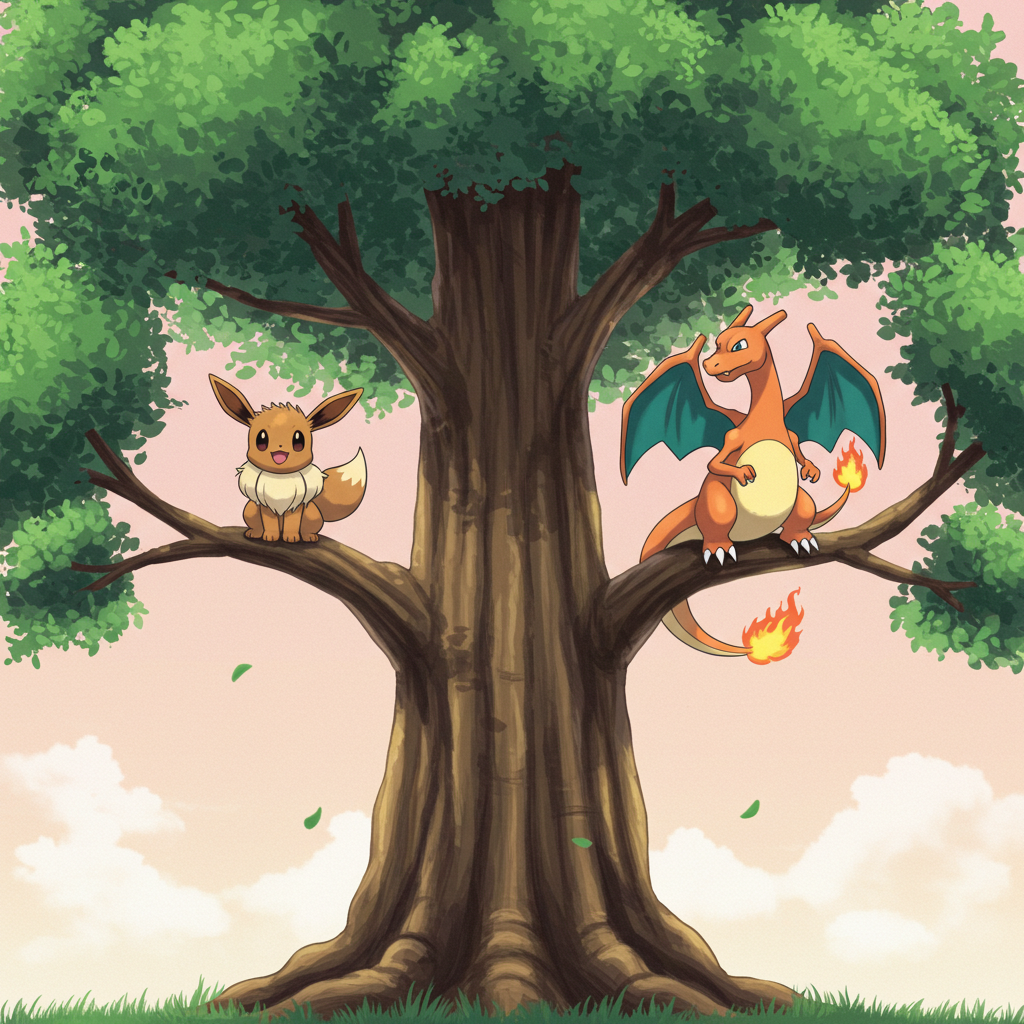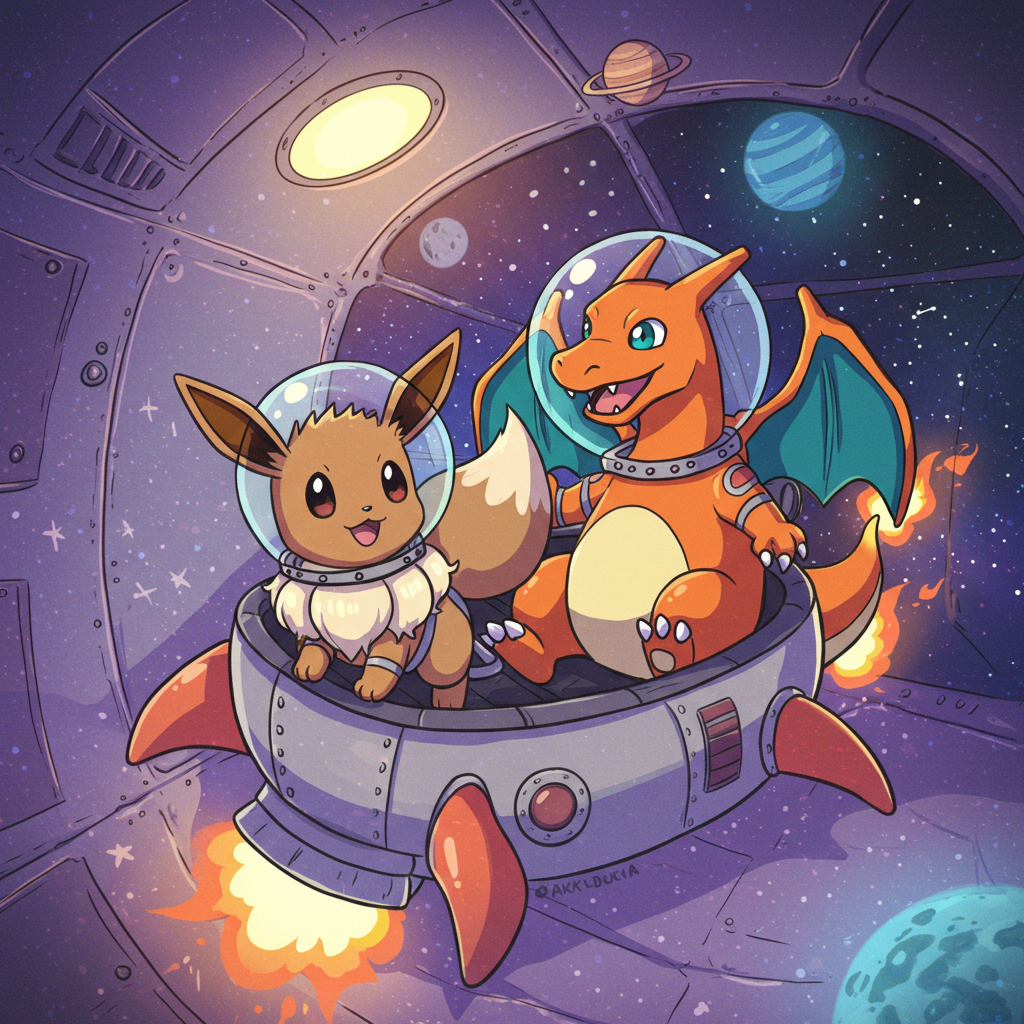
Software delivery has changed a lot over the years! What’s the difference between continuous delivery and continuous deployment? 🤔
And is a feature live just because it’s deployed? 🤨
Let’s look into this together with some modern DevOps 🚀
🌳 Trunk-Based Development
Trunk-based development (TBD) is a software development strategy where everyone works from a single branch (trunk) — usually main. It’s fast, lean, and fits in modern delivery practices.
🔧 How it works:
- Developers commit to
main(or short-lived branches that are merged quickly to themainbranch) - The
mainbranch is always deployable - Features are hidden behind flags until they’re ready to go live 🚀
💡 Why it matters:
Trunk-based development encourages:
- Fewer merge conflicts 🙅♂️
- Smaller, safer changes ✅
- Faster feedback loops 🔁
✅ Core Principles of TBD
- Single source of truth: All changes go through the trunk (usually
main) - Short-lived branches (if any): Avoid long-running feature branches. Merge fast! 🏃🏻♂️
- Continuous integration: Changes are merged and tested constantly
- Always deployable: The trunk is always in a releasable state — even if features are hidden behind flags
This helps set-up a clean, automated release process 😎

🧱 Continuous Delivery vs 🚀 Continuous Deployment
We often use these terms interchangeably, but they’re not the same thing. Let’s break it down 👇
| Continuous Delivery 🧺 | Continuous Deployment 🔄 | |
|---|---|---|
| Code goes to prod? | Only if you say so 🖱️ | Automatically! 😊 Yay! |
| Human involvement? | Yes – manual release decision 🙋♀️ | Nope – all tests pass? It ships 🚢 |
| Speed to users | Fast ⚡️ | Fastest 🚀 |
| Risk level | Lower (more control) 🧯 | Higher (but with confidence!) 💪 |
🎯 TL;DR:
Continuous Delivery = Code is ready to go live.
Continuous Deployment = Code automatically goes live.
🕵️ Deployment vs 🎉 Release
Just because your code is deployed doesn’t mean it’s released. Let’s look into this further together:
👩🏻🚀 Deployment
- Code is in
production🖥️ - But might be hidden behind a feature flag 🏁
- Invisible to users 👻
🏃🏻♀️ Release
- Users can see and use the new feature 🥳
- Controlled by toggles, permissions, or gradual rollouts 🔦
📦 Example:
You deploy a new dark mode toggle 🌙 — the code is live but hidden.
Later, you release it to users by flipping a switch 🔛.
🔄 Why Separating Deployment and Release is Helpful
- Safer launches 🚧
- Gradual rollouts (hello canary releases 🐤, blog coming soon to talk more about this!)
- Fast recovery – you can turn features off without re-deploying 🔙
🌟 Wrapping Up
Modern software delivery is all about small, safe, and speedy changes.
Remember:
✅ Deployed doesn’t mean released! 🚀 Deployment isn’t delivery
🧠 Fast delivery is a mindset, not just a tool
Have a nice day 🥰